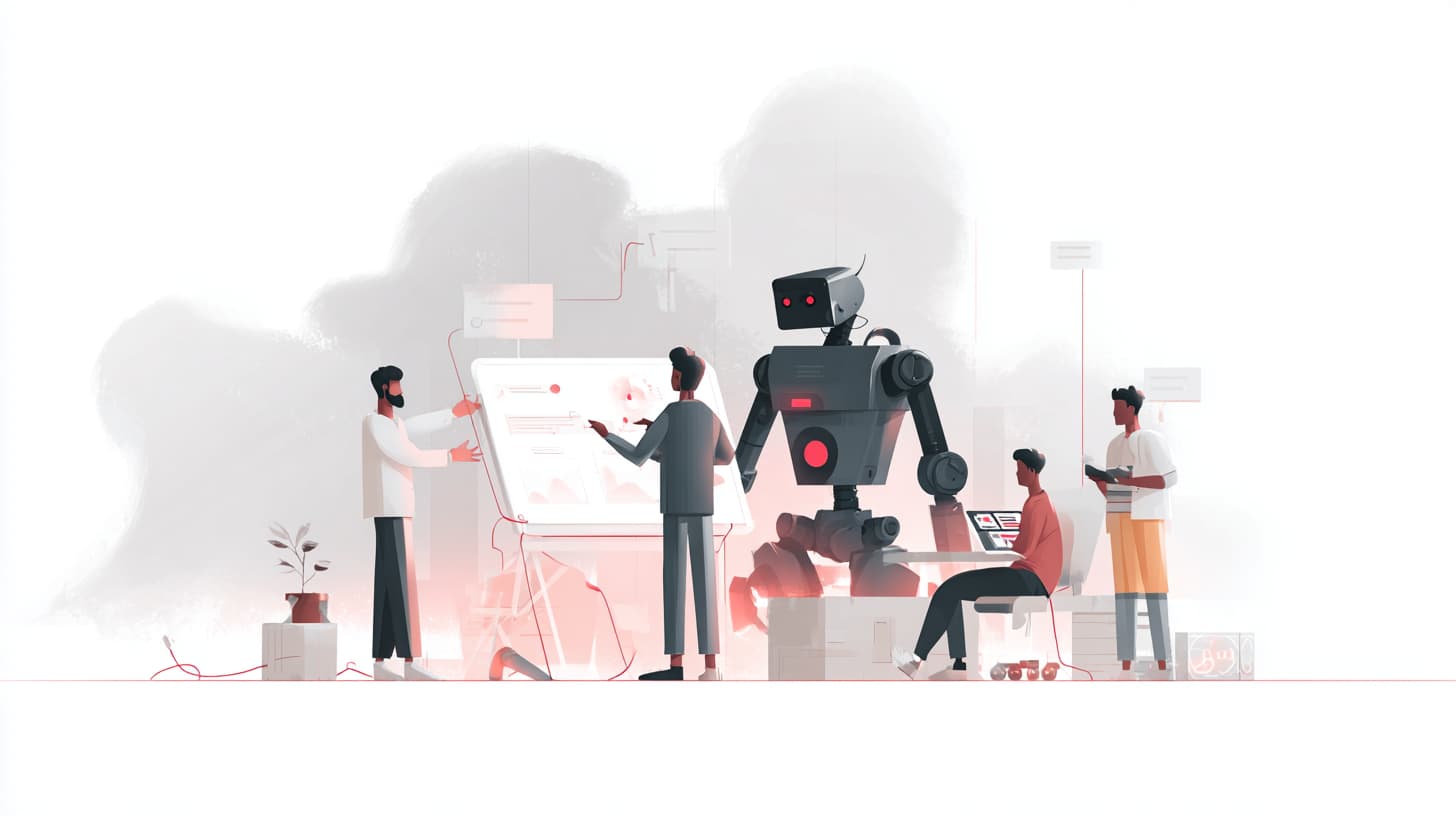By EloInsights
- A study by the consulting firm Horváth highlights Digital Transformation, driven by AI, as the top priority for global executives.
- Generative AI is a key trend, although many companies face challenges in its implementation.
- Companies, especially in the manufacturing sector, are focused on improving cost efficiency and profitability due to economic pressures, supply chain disruptions, and increased competition.
The return of Digital Transformation to the top of the global executive leadership’s priority list, driven by a strong interest in Artificial Intelligence projects, was one of the main findings of Horváth’s 5th Annual CxO Priorities Study. Horváth is a global and independent management consultancy with over 1,400 talents in offices across Europe, the United States, and other global markets. Horváth is a member of Cordence, a global network of independent consultancies, of which EloGroup is also a part, and it shares with us the valuable insights obtained from this exclusive study.
“Digital transformation remains the top priority for the services sector,” states the document. “This is primarily driven by advances in AI, which plays a crucial role in both internal operations and customer interactions.”
“Digital Transformation is clearly the future theme for most companies,” says Davi Almeida, a partner at EloGroup. “Especially for more traditional companies, there is constant pressure from new competitors who are born digital, with skills and work methods more aligned with this new way of operating.”
“AI is just the latest trend within transformation, which had already been growing strongly and exploded with the popularization of Generative AI,” says Almeida. “All companies, to a greater or lesser extent, are experimenting with the technology and learning the best way to move forward with it in their internal challenges.”
The study was conducted through individual dialogues with over 770 global CxOs over 8 weeks. Of the total respondents, around 40% are CEOs from companies headquartered in 29 countries. The five focal topics of the interviews included “Strategic priorities,” “Revenue and EBIT development,” “Market trends and positioning,” “Value chains and workforce,” and “Cybersecurity and AI.” There were over 550 hours of individualized discussions with these decision-makers, investigating trends across 14 industry sectors, including automotive, engineering, consumer goods, retail, energy, and more.

Applying Artificial Intelligence with Intelligence
Despite the strong trend toward AI adoption, nearly 50% of the companies surveyed are still in the early stages of the AI adoption process. Reaching the desired state remains a longer-term effort.
The study also highlights that, without a structured approach, companies risk falling into the “Valley of Disillusionment” and seeing AI projects fail due to not being based on best practices already tested in the market. “To fully capitalize on technological potential,” the document states, “companies must define a clear AI strategy, establish a structured operational model with goals, and cultivate the necessary competencies.”
“Most companies understand the need to explore AI’s potential but face the same issue: the difficulty of implementation,” says Davi Almeida. “Several studies have shown that around 80% of AI implementation attempts fail. This happens for various reasons: companies that have never worked with AI trying to solve very complex problems right away, insufficient attention to the data foundation required to make the solution work, and the lack of a data-driven culture in many companies.”
Among the observed applications of Artificial Intelligence are increased operational efficiency, improved customer experiences, and the promotion of new business models.
“The certainty is that the faster Brazilian companies learn to work with AI solutions, the quicker they will generate large-scale value,” says Almeida.
Priority two: improving cost and profit structures
Another important finding of the study is that various sectors are currently facing cost and liquidity pressures, “stemming from moderate revenue growth and excess capacity, combined with rising raw material prices, high inventory levels, and supply chain disruptions.” At the same time, the ability to pass price increases onto consumers is limited due to excess capacity and intensified competition. As a result, companies have found themselves in the position of reviewing structures and simplifying operations.
In the manufacturing sector, this concern is even greater, ranking first among executives’ priorities. “The long-term reconfiguration of value chains toward resilience and a ‘region-to-region’ logic is driving the reorganization of structures and processes,” the document states. “In response to these developments, companies have focused on developing skills and redistributing responsibilities to decentralize decision-making.”
“Efficiency was one of the main themes that emerged in the survey and is consistently prioritized by most industries, year after year,” says Almeida. “One of the greatest contributions AI can make is precisely in this area. Whether automating tasks that would otherwise be done manually (especially in corporate processes) or improving predictive capabilities (for purchasing, expansion investments, etc.), the use of more advanced algorithms brings rapid, large-scale gains for any type of company.”

Priority three: cybersecurity
The study also noted a consolidation around the sense of importance and urgency for investments in cybersecurity, as companies faced a large number of cyberattacks over the past 12 months. The defense industry, in particular, encountered significant challenges with cyberattacks.
As a result, cybersecurity remains a critical concern for management, not only to mitigate threats but also due to regulatory demands, especially in the financial sector.
Despite some successful defenses, there is a consensus that it is still crucial to continue evolving digital security competencies and contingency planning strategies, given the potential for large-scale cyberattacks.
Conclusion: Rebalancing for a Dynamic Future
The Horváth study reveals that companies are prioritizing digital transformation, driven by AI advancements, to ensure medium- to long-term growth. The study also highlights that, although many companies are in the early stages of AI adoption, investments in this technology are generating quick returns.
Additionally, the research emphasizes the importance of resilience and adaptability in navigating a dynamic global landscape. Companies are shifting their focus to “region-to-region” value chains, driving the reorganization of structures and processes, particularly in the manufacturing sector.
Improving cost and profit structures emerged as a top priority, especially for the manufacturing industry. This focus is attributed to economic conditions and the long-term reconfiguration of value chains. However, the study notes a shift in board-level discussions, with companies dedicating more time to revenue growth mechanisms, including market penetration and the development of new products/services.
The study also underscores the ongoing importance of cybersecurity as a management concern, particularly in the financial sector. While many companies have successfully defended against cyberattacks, the report highlights the need for contingency planning in the face of potential high-impact threats.
Ultimately, the study reinforces the need for companies to rebalance their organizations to thrive in an increasingly digital, de-globalized, and dynamic world. This rebalancing requires a strategic approach to digital transformation, a focus on resilience and regionalized operations, and a renewed commitment to cybersecurity.











